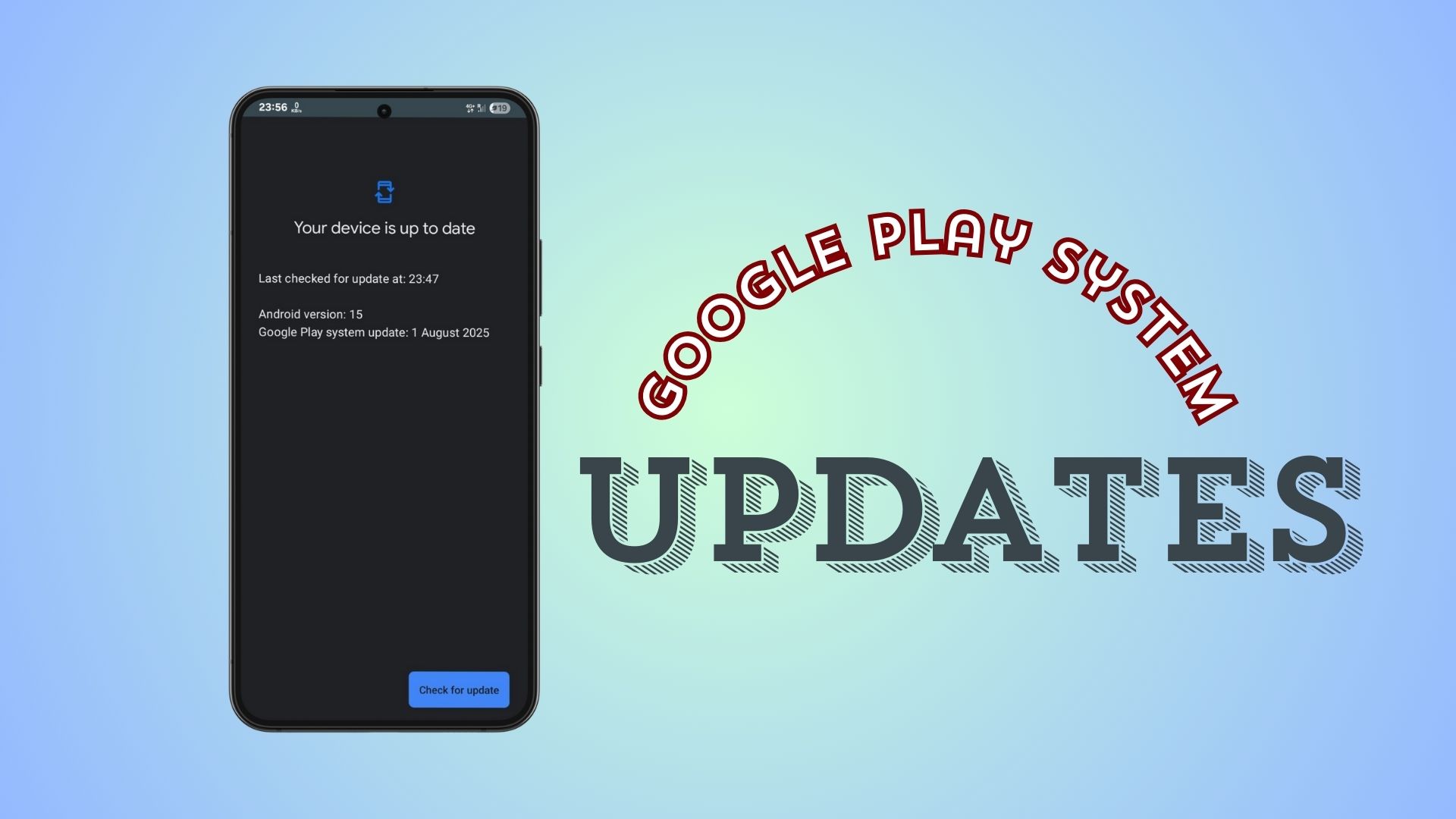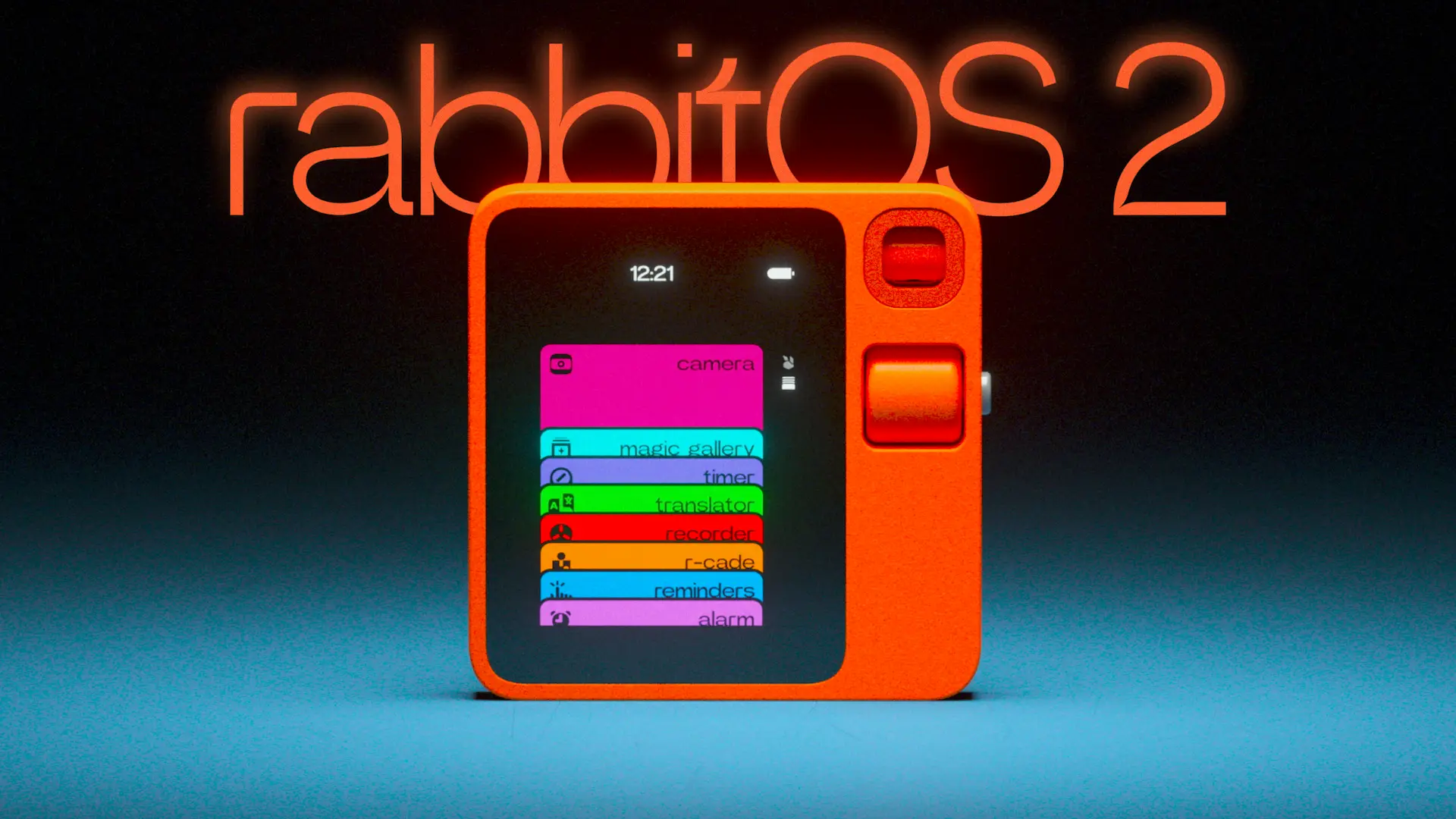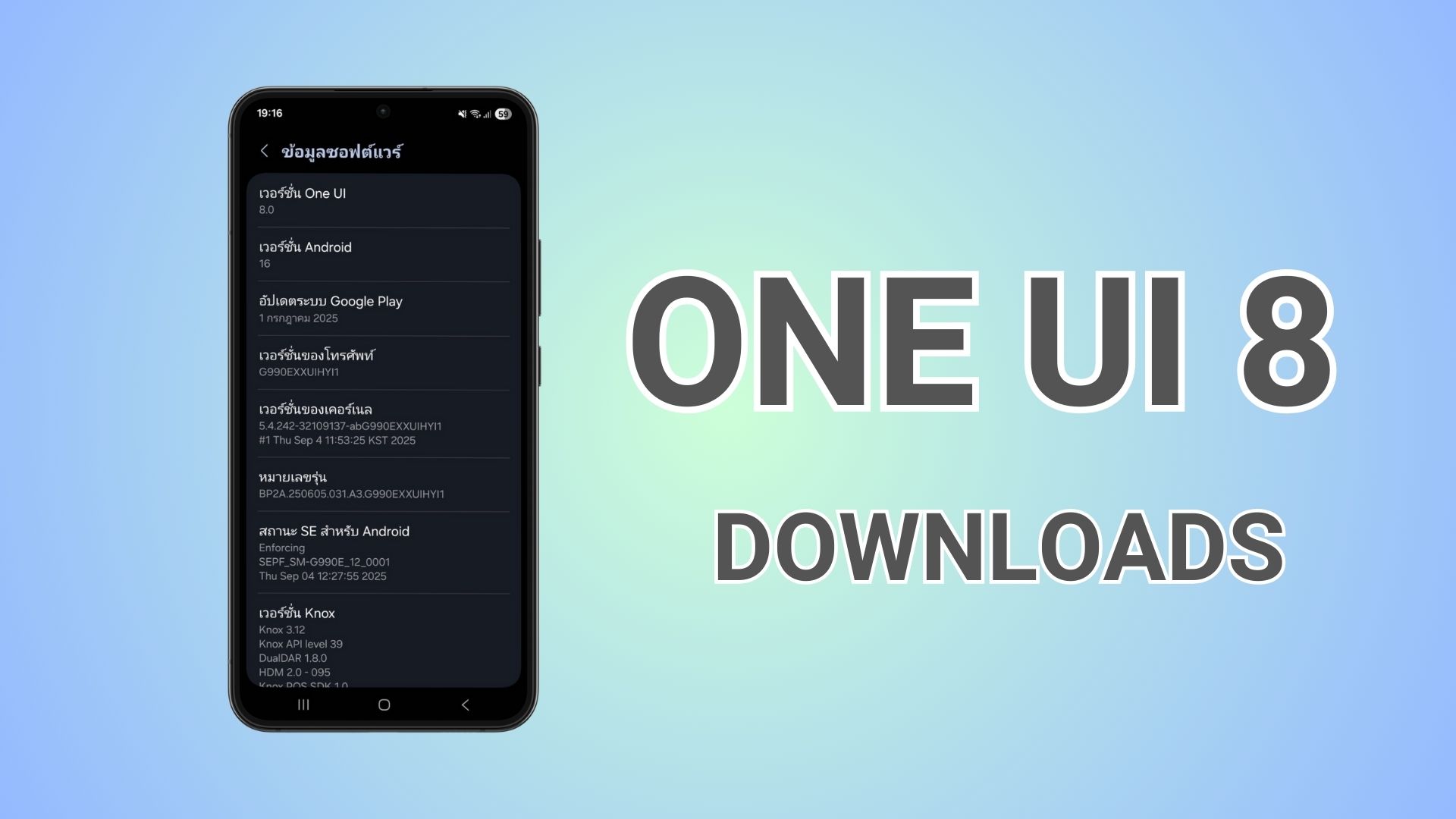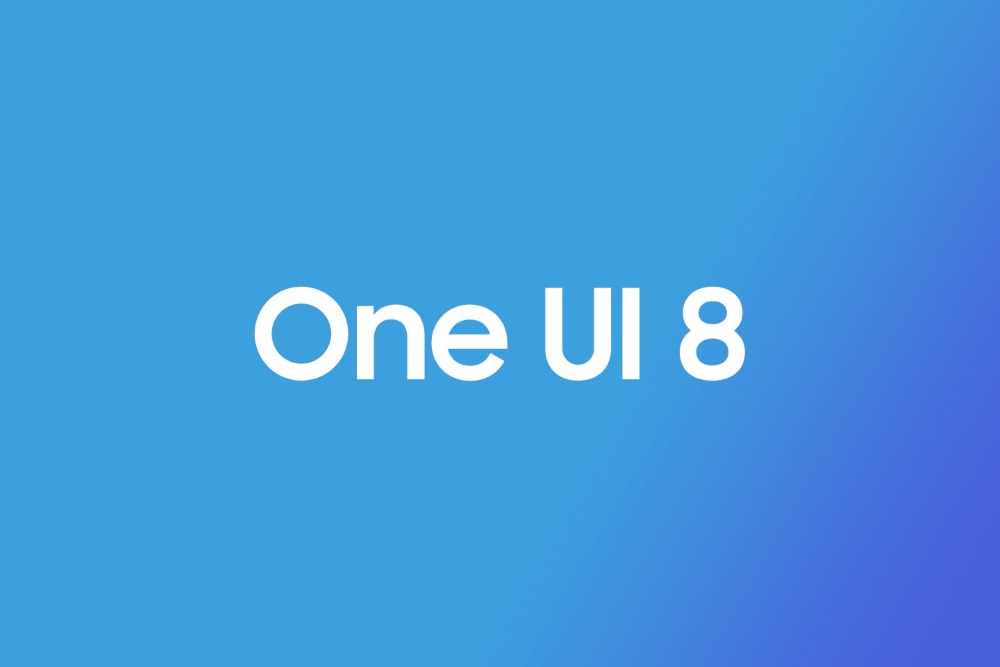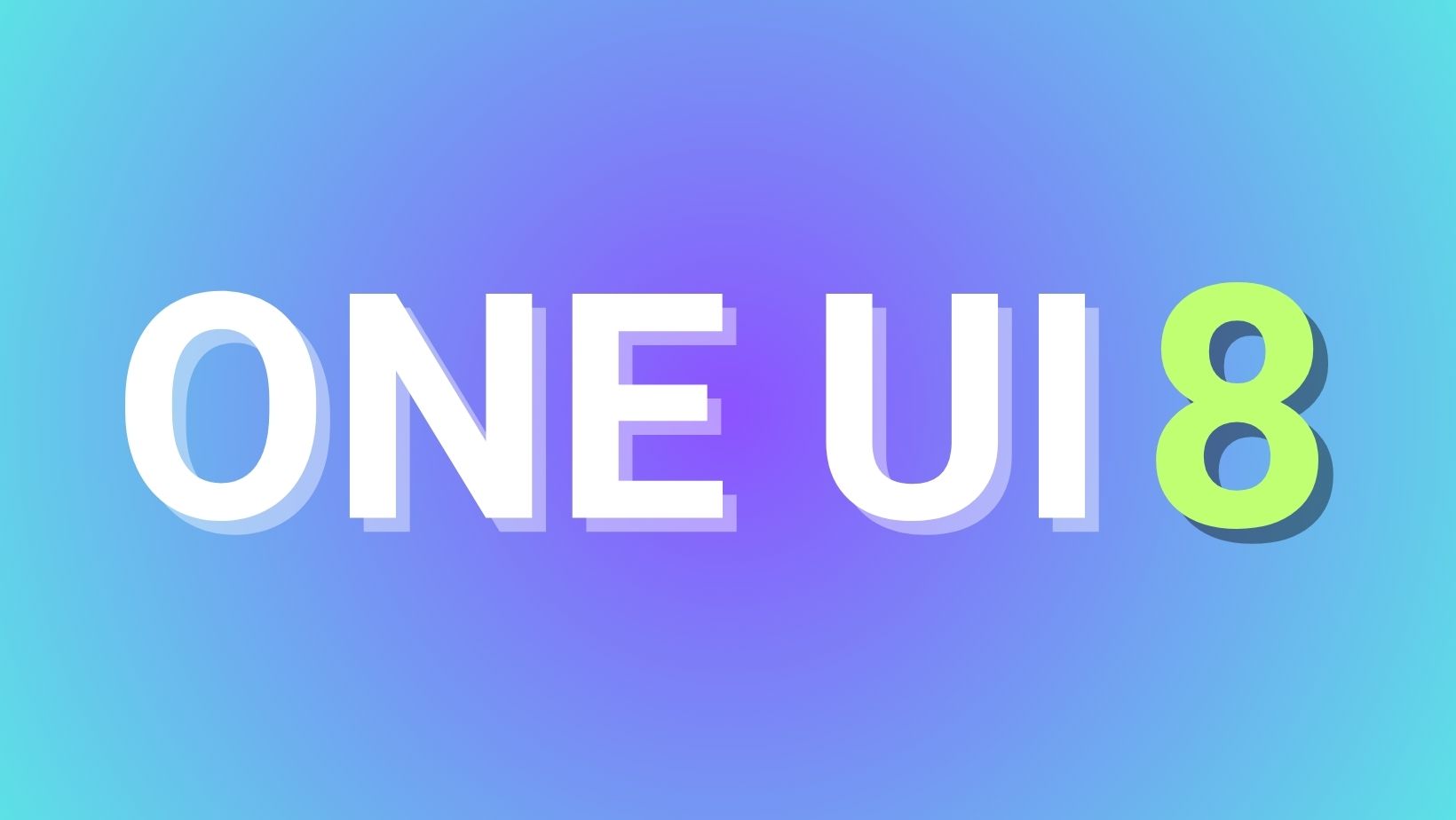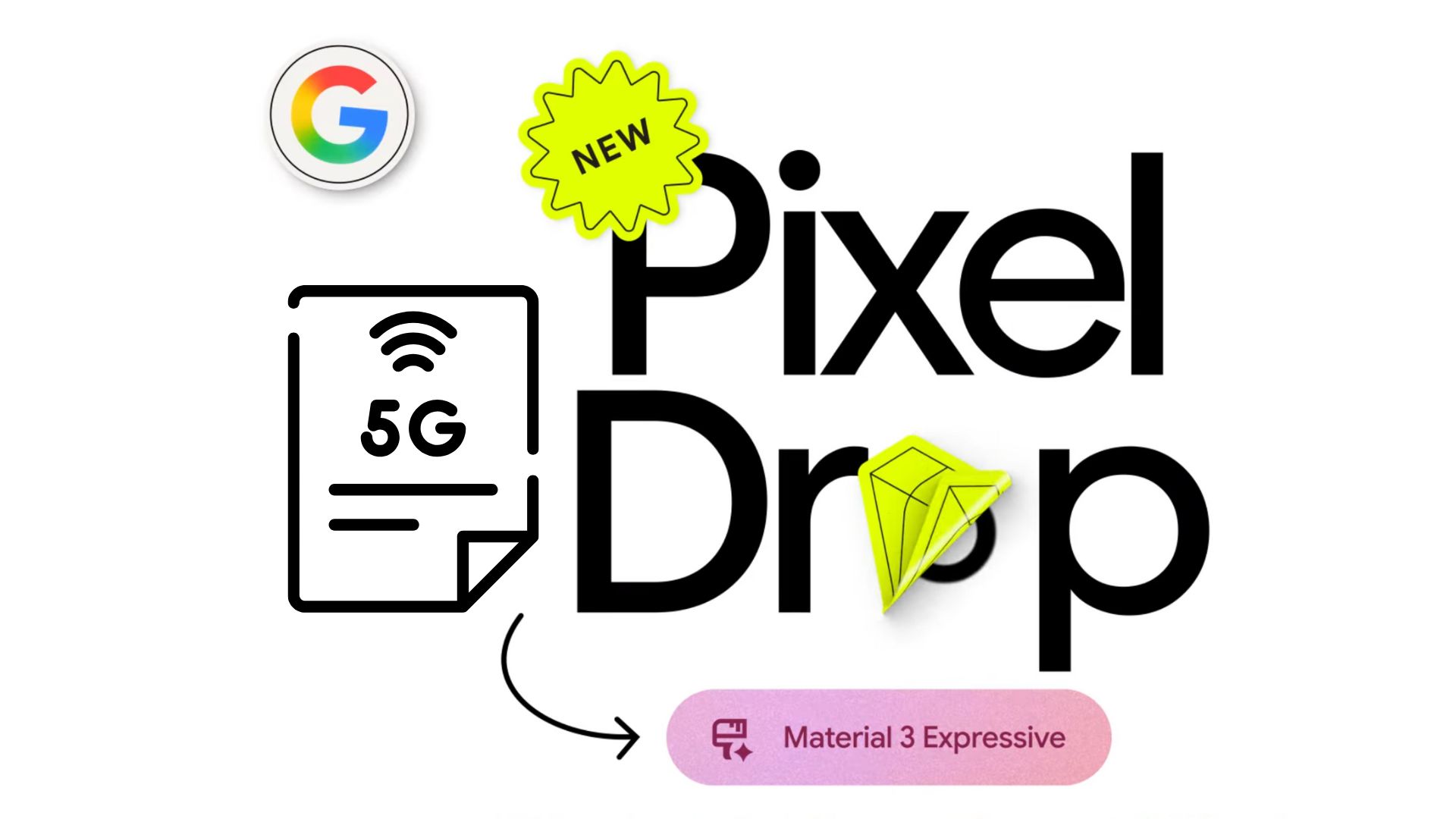Google’s Material 3 Expressive Design Language for Android 16 and all future apps

Google is about to unveil a new UI or design language coming to Android in the upcoming I/O 2025 on May 20 to May 21, 2025. The Android OS maker is going to showcase a brand-new UX called Material 3 Expressive. The search giant is already testing the Material 3 Expressive design for Android 16 and several apps, including Android Auto. Through our APK Breakdown series, we have previously revealed many upcoming features for various Android apps. The most recent information pertains to the integration of the Material 3 Expressive design into Google apps and the imminent availability of third-party applications that are accessible to all developers.
Google seems to have accidentally given us an early look at what could be the biggest visual overhaul to Android in years. Just ahead of the company’s annual I/O developer conference, a blog post detailing “Material 3 Expressive” briefly appeared on Google’s design website before being quickly removed. Fortunately, the Internet Archive preserved this accidental reveal, giving us fascinating insights into Google’s vision for the future of Android’s user interface.
Google has leaked its most extensively researched design update ever—Material 3 Expressive—marking a bold departure from the minimalist interfaces that have dominated digital design for years. The post was soon taken down, but was captured by Wayback Machine for everyone to see.
“Expressive design makes you feel something,” explains Google’s research team in their latest publication. Unlike traditional approaches that prioritize clean simplicity above all else, Material 3 Expressive leverages strategic use of color, shape, size, motion, and containment to create what researchers describe as “design with a soul”—interfaces that evoke emotion while simultaneously enhancing functionality.
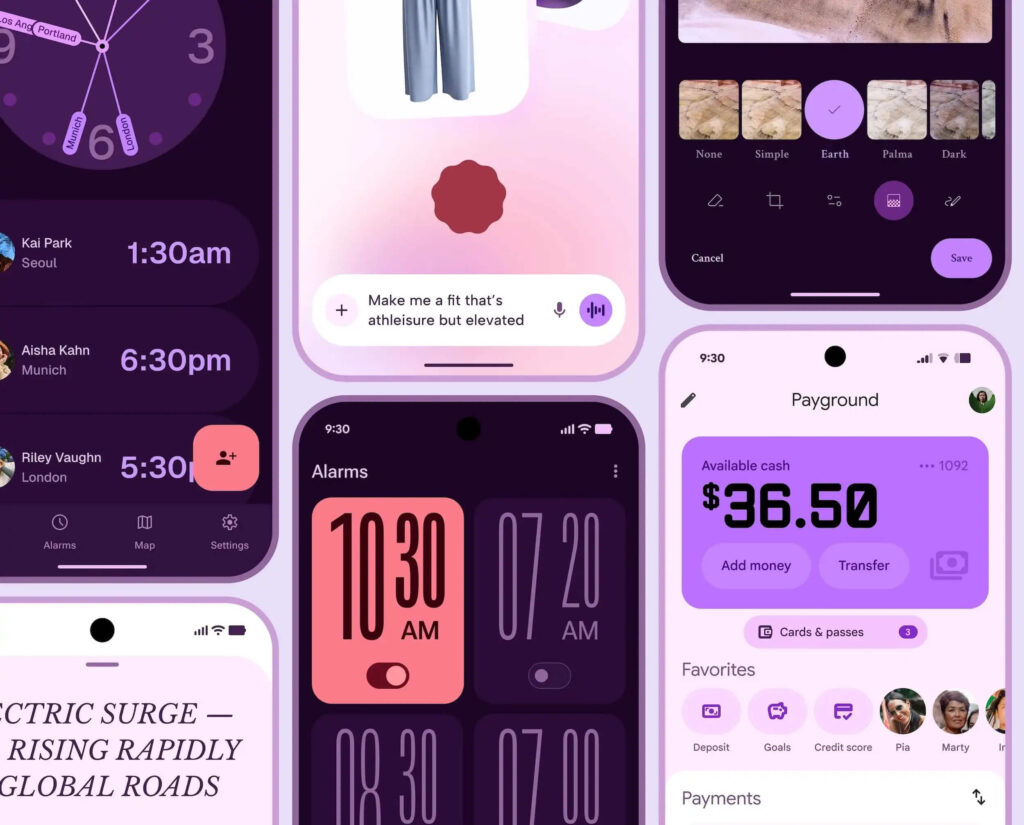
What is Material 3 Expressive Design Language?
Material 3 Expressive Design is an evolution of Google’s Material Design system focused on enabling more emotional, engaging, and brand-reflective user interfaces. It builds upon the foundation of Material Design 3 (M3) by offering expanded theming, expressive shapes, motion, and component flexibility, allowing developers to create unique, memorable experiences that better align with a product’s identity and user expectations.
The expressive interfaces include attributes like “energetic,” “emotive,” “positive,” “creative,” “playful,” and “friendly.”
Google is now taking things a step further with a suite of expressive, physics-based animations that promise to breathe new life into mobile apps. From swiping away notifications to long-pressing the power button, these subtle yet impactful animations will make Android feel more tactile, responsive, and fun.
| Feature | Description |
|---|---|
| Emotional Patterns | New design patterns for emotional engagement and brand reflection |
| Custom Theming | Override colors, typography, shapes, and motion at any UI level |
| Expressive Shapes | Expanded shape scale for more visual variety |
| Dynamic Color | Adapts to brand and system themes, supports light/dark modes |
| Motion Schemes | Customizable motion for richer, more engaging interactions |
| Flexible Application | Apply themes globally or to specific screens/components |
Material 3 Expressive is an improvement over existing Material 3 design, which Google has implemented across all Android apps. The Expressive design adds a gradient look to it and also adds some new animations for various actions like navigation, alert dialog, floating action button, search bar, toolbar, rail items, and much more!
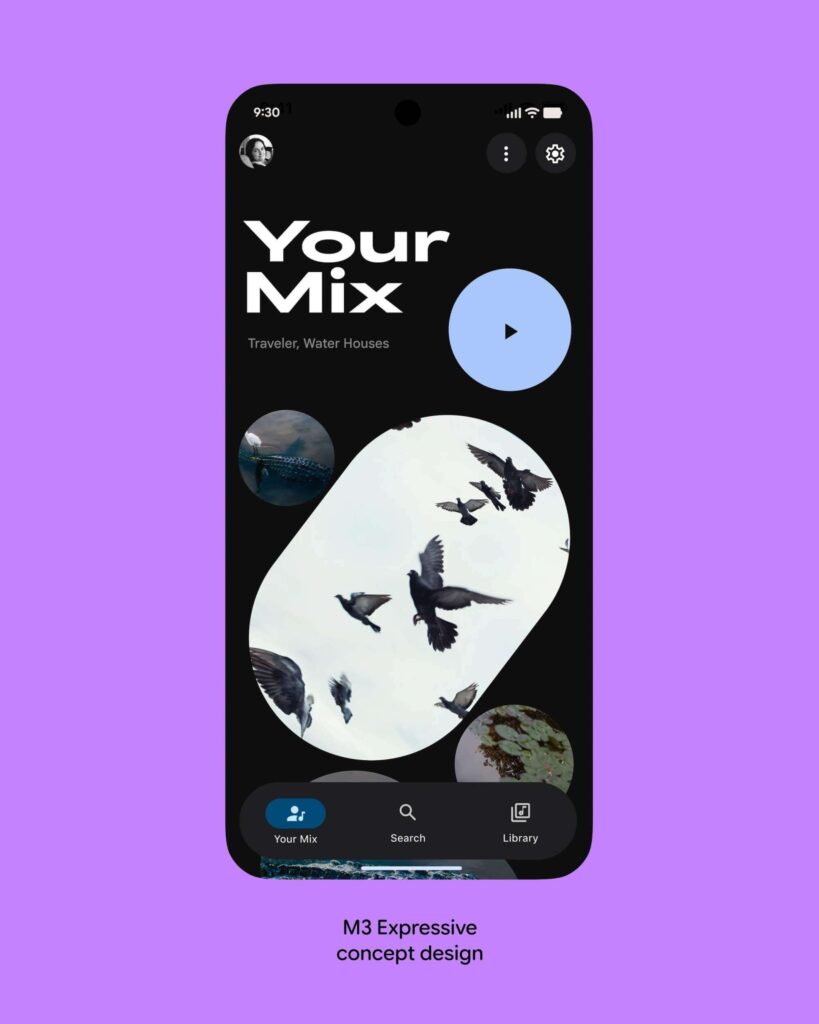
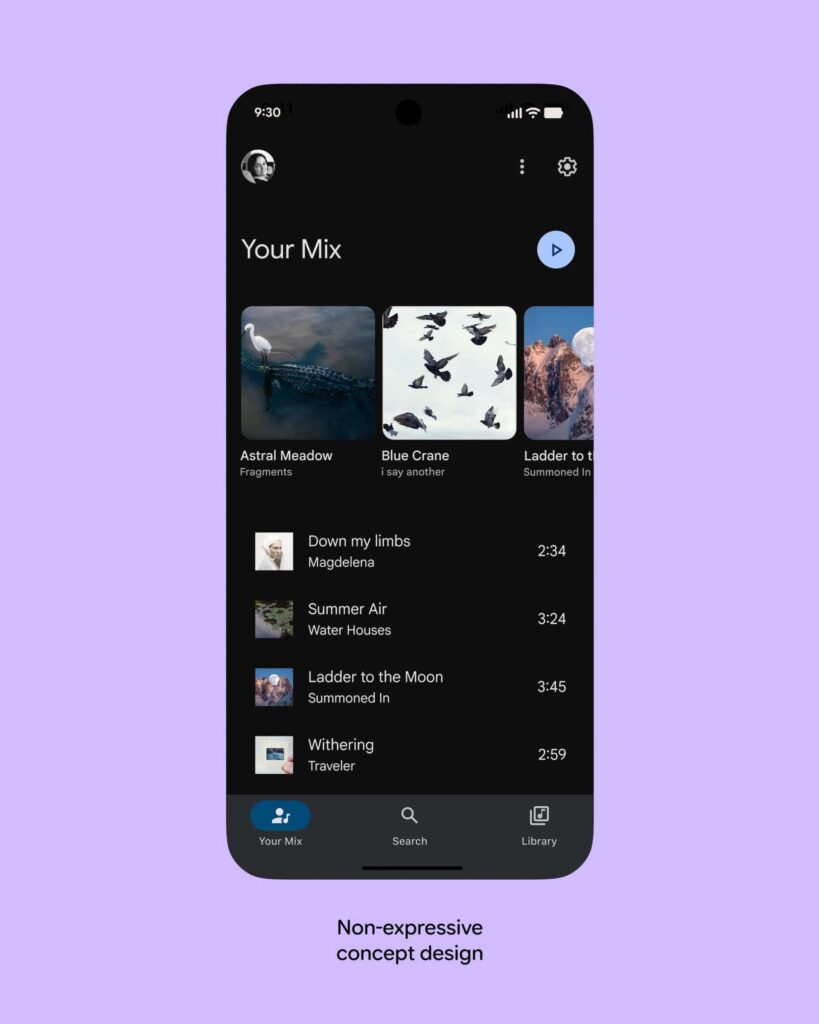
What Makes Design “Expressive”?
At its core, expressive design:
- Elicits Emotion: Interfaces should feel alive—playful, energetic, or soothing, depending on context.
- Communicates Function: Color, size, and shape signal priority and affordance.
- Enhances Usability: Bold visual cues help users spot key actions faster, reducing cognitive load.
By weaving these elements into a coherent system, Google researchers have ensured designers can confidently dial up feeling without compromising access or performance.
The Evolution of Material Design
Google introduced the original Material Design language back in 2014, bringing a cohesive visual identity to Android that emphasized clean lines, subtle animations, and a paper-like layering system. Over the years, this evolved into Material You/Material 3, which added dynamic color theming and more personalization options.
However, one consistent criticism of Material Design has been that it can make apps look too similar, lacking visual distinction and personality. After nearly a decade of refinements, it appears Google is ready to take a bold new direction with Material 3 Expressive.
What Makes Material 3 Expressive Different?
According to the leaked information, Material 3 Expressive represents “the most-researched update to Google’s design system, ever.” The design team has reportedly spent three years developing this more emotionally engaging vision for Android, conducting an impressive 46 separate studies with sample designs shown to over 18,000 participants.
The new design language appears to break away from some of Material Design’s rigid consistency in favor of more varied interfaces with:
- Attention-grabbing shapes and bold colors
- Floating toolbars in certain contexts
- Larger, easier-to-tap buttons in strategic areas
- More visually distinct elements that help users quickly identify important UI components
Google’s research indicates that this experimental approach reduces the time it takes users to notice and interact with important UI elements by up to four times. That’s a significant usability improvement if the data holds up in real-world usage.
The Android Fragmentation Factor
As Android enthusiasts know all too well, what Google designs and what users actually experience can be vastly different. The open-source nature of Android means that manufacturers can cherry-pick which elements of Google’s design language they wish to implement in their custom interfaces.
Samsung’s One UI, OnePlus’s OxygenOS, and other manufacturer skins often prioritize their own brand identity over Google’s vision. This means that even if Material 3 Expressive becomes official at I/O, its actual implementation across the Android ecosystem will likely be inconsistent at best.
For the full experience, users will almost certainly need a Google Pixel device, where both system elements and Google’s own apps will embrace the new design language. Other manufacturers may incorporate certain aspects of Material 3 Expressive, but will likely maintain their own distinct visual identities.
Will new apps adopt Material 3 Expressive?
Perhaps the biggest question is whether app developers will adopt Material 3 Expressive. Google’s track record in this area is mixed at best. While many apps have incorporated elements of previous Material Design guidelines, complete adoption has been relatively rare outside Google’s own applications.
With Google facing increasing legal scrutiny over its management of Android and the Play Store, the company has limited leverage to push developers toward adopting its new design language. Without strong incentives or requirements, Material 3 Expressive might end up being primarily a Google Pixel experience rather than an Android-wide transformation.
What to Expect at Google I/O
With Google I/O just around the corner, we’ll soon learn officially about Material 3 Expressive and how it fits into the company’s vision for Android 16. The leaked information suggests we’re in for the most significant visual refresh Android has seen in years.
The timing makes sense too. As mobile operating systems mature, companies increasingly look to visual refreshes to generate excitement and a sense of innovation. Apple has been gradually moving away from the flat design it introduced with iOS 7, and now Google appears to be evolving beyond the paper metaphor that has defined Material Design since its inception.
Final Thoughts
Material 3 Expressive is intriguing. We are all rooting for the upcoming change and all the Google apps have already started integrating the Material 3 Expressive code in their source. So it’s for certain that Google apps will be the first to get M3E including Play Store, Gmail, Photos, Messages, Android Auto, and much more.

